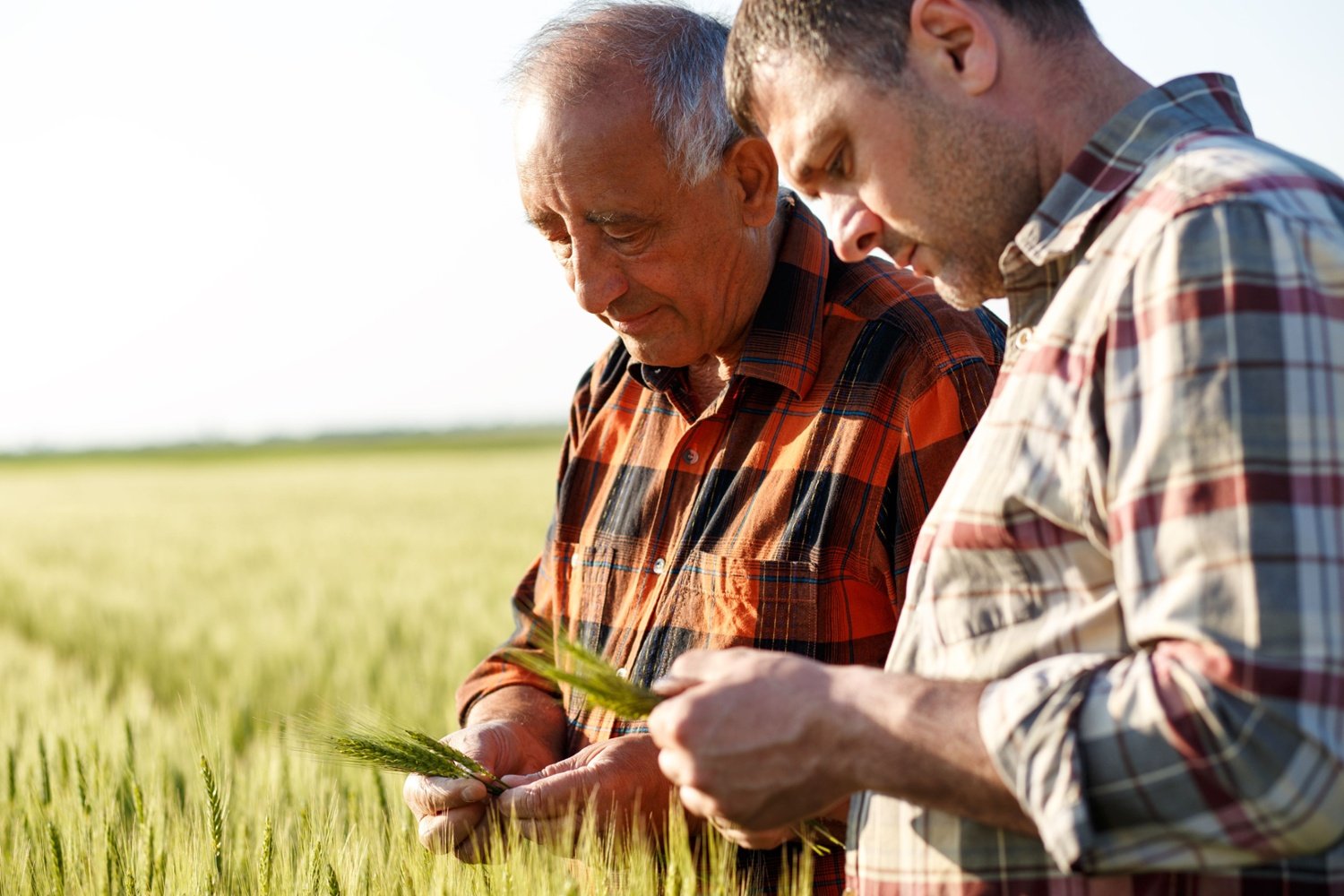Seeds of Opportunity: Ag Market Research Explains Global Growth
Ag market research shows the global seed market is in a phase of robust growth - largely driven by rising global food demand, and significant advancements in agricultural technologies.
Over the last two years, the global seed market has seen an impressive ~9% annual growth rate in value. This has provided stability for major multinational agribusinesses, particularly those with diversified portfolios that include both seeds and crop protection products.
Analysis of various Kynetec farmer panels and farmer surveys, covering more than 90% of the global seed market, puts the market at ~US$60 billion in 2023. Corn and soybeans are at the forefront of this growth, up from ~US$36 billion in 2022 to ~US$42 billion in 2023. These crops account for 48% and 22% of the market respectively. Together, they make up 70% of the global seed market's total value.

Kynetec’s farmer panels connect with over 200,000 farmers and agronomists, conducting farm market research covering ~40 million hectares across more than 50 countries.
This growth comes despite a modest 1% increase in overall cropped area, highlighting how advancements in seed technology have enabled higher productivity, without the need for significant land expansion – a good news story for the sector.
The relative stability of the seed market has countered that of crop protection. A more volatile sector in recent years, owing to the combination of supply chain issues post COVID-19 pandemic, high commodity prices thanks to the war in Ukraine, and price crash off the back of oversupply of product.
Latin America has been a primary driver of this growth. The region’s corn and soybean seed markets grew from ~US$7 billion in 2021 to ~US$11 billion in 2023, accounting for half of the global seed market’s expansion over this period. Without the Latin American growth surge, the global seed market's compound annual growth rate (CAGR) would have been ~5%, just behind global inflation rates.
In the face of the global seed market’s overall expansion, we ask: how did we get here?
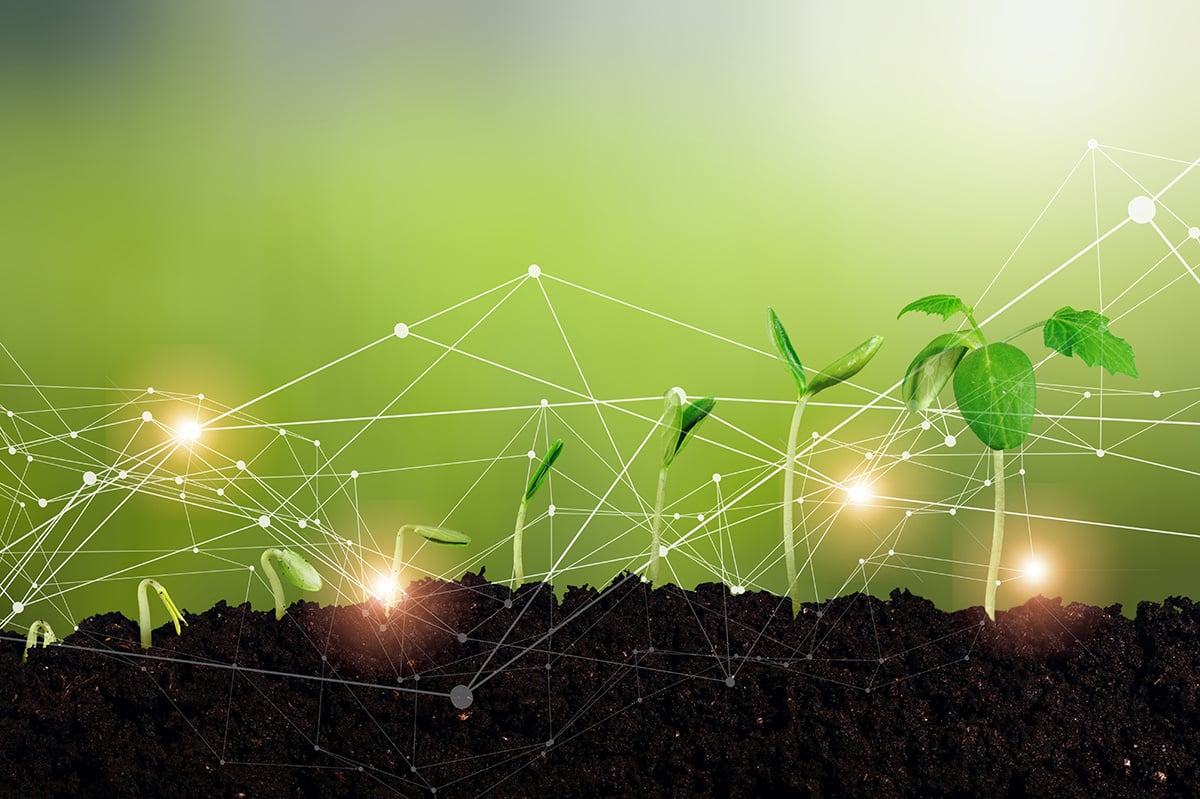
Regulatory Impacts: Change in Direction
The world’s largest seed market, the US, valued at ~US$15 billion in 2023, is a prime example of how technology is shaping the sector. Although the US accounted for ~30% of the global seed market in 2023, down from ~35% in 2021 due to Latin America's growth surge, it remains a key player in both innovation and market value.
A significant recent development is the US Environmental Protection Agency's (EPA) decision to ban the sale and distribution of Dicamba, a selective herbicide, as of February 2024.
In 2023, seeds with DT traits accounted for about half of the US soybean market and three-quarters of the cotton market, with the total DT seed market valued at ~US$3 billion. DT seeds allow effective weed control without crop damage and can result in increased yield owing to reduced challenge. Bayer holds a dominant position in this space, controlling just over half of the DT trait market.
However, the US industry had been bracing for this regulatory change. The use of DT traits in soybeans has already been declining, from ~55% in 2021 to ~40% in 2023, reflecting a broader industry shift toward alternative technologies and herbicide-resistant traits. In contrast, Brazil has seen rapid adoption of DT soybean traits, which grew from ~US$20 million at their introduction in 2021 to ~US$590 million in 2023, underscoring how the impact of technology and regulation varies across regions.

Ukraine: Impact on EU Crop Rotations
Europe and Asia are experiencing notable shifts in their seed markets, driven by geopolitical factors and evolving regulatory landscapes. The war in Ukraine has significantly impacted agricultural production, with large areas of the country no longer farmed at all. Meanwhile, rising prices in Western Europe, coupled with increased sunflower planting, have contributed to a ~5% CAGR in the European seed market between 2021 and 2023, bringing its total value to ~US$10 billion.
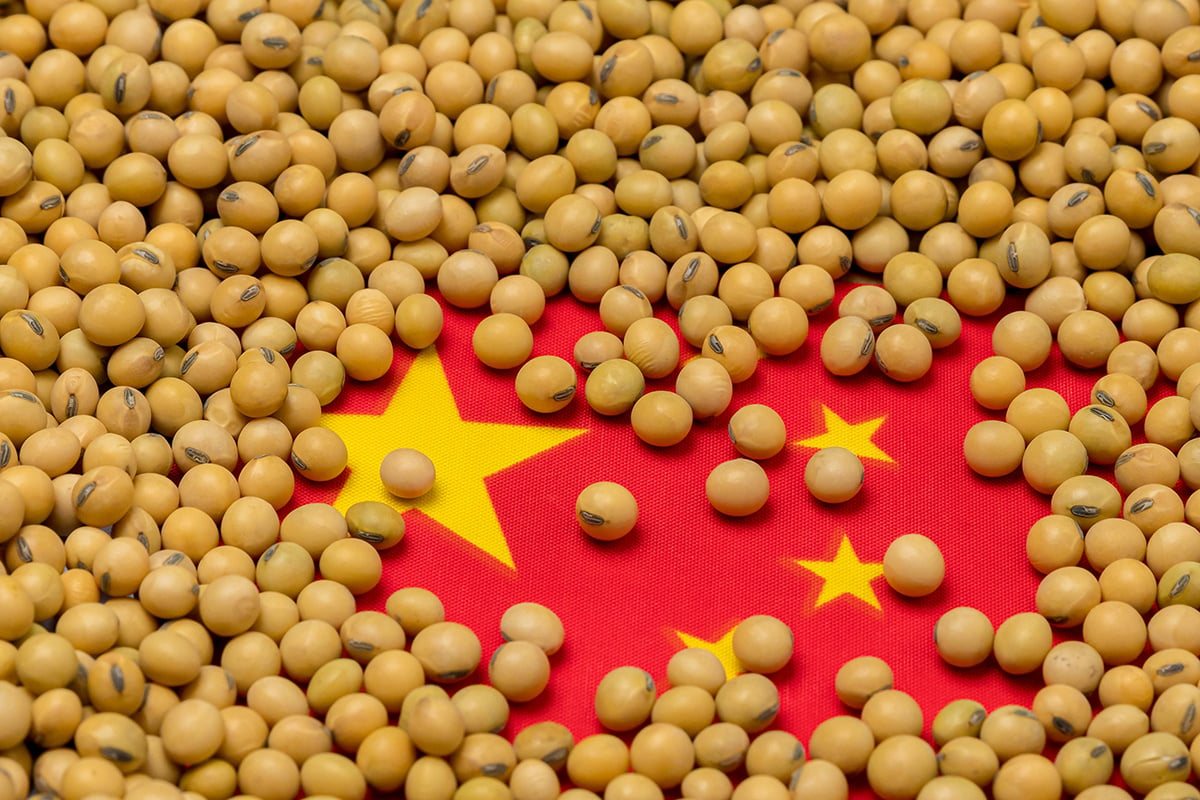
Asia: Slower Growth but Food Security Focused
In Asia, the seed market has been growing more slowly compared to other regions. The combined rice and corn seed markets were valued at ~US$12 billion in 2023, with a modest ~2% CAGR from 2021 to 2023. However, this landscape could transform dramatically. China, which has been focused on securing food security for its population of 1.4 billion, recently approved the inclusion of corn and soybean in genetically modified (GM) crop production.
In 2023, only 0.1% of China’s corn and soybean production was GM. Early reports show this has risen to 4-5% in 2024, but this figure could rise to as much as 40% by 2030 - leading to significant increases in yields and potentially reducing the country’s reliance on imports.
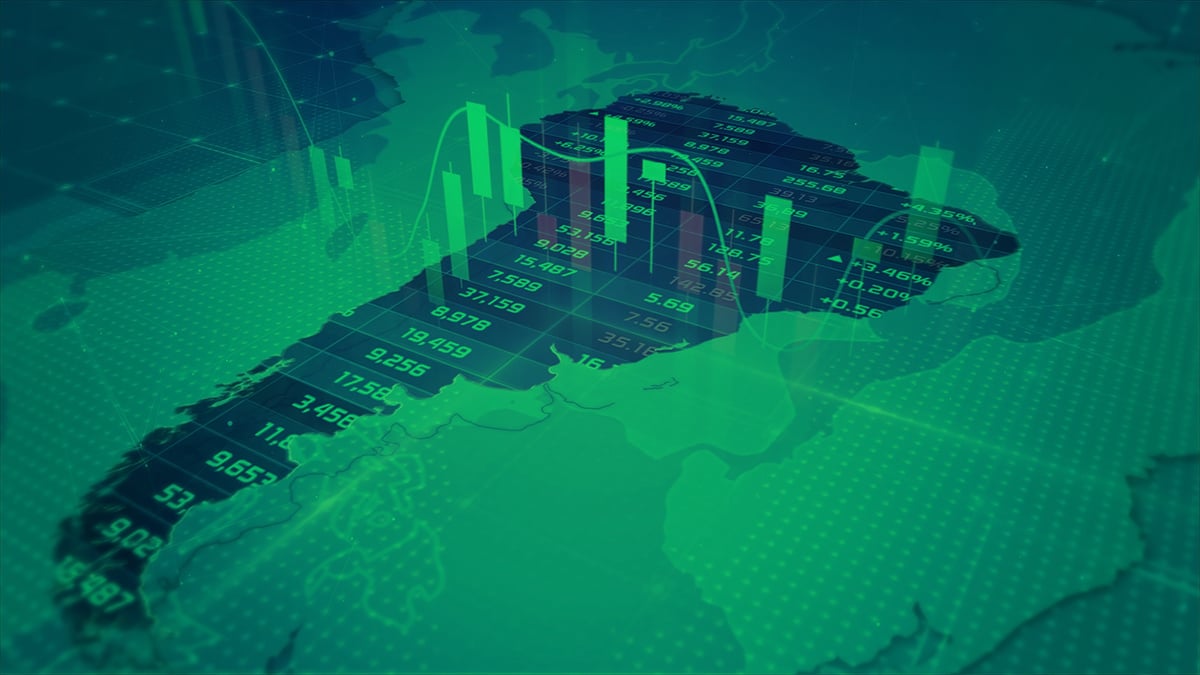
LATAM: The Fastest-Growing Region
Market research shows LATAM has emerged as the fastest-growing region in the global seed market. Between 2021 and 2023, their overall seed market surged from ~US$9 billion to ~US$13 billion, with corn and soybean and cotton seed all growing at CAGRs of >=25%.
Much of the growth can be attributed to a combination of factors, including shifts in trade policy. For instance, changes in Chinese import practices have led to increased grain purchases from LATAM, reducing reliance on US grain.
Key Challenges: Sustainability Standards
Climate change is reshaping agricultural landscapes worldwide. While some regions may benefit from changing weather patterns, others face growing challenges. For seed companies, the key to success lies in tailoring solutions to meet the specific needs of these regions. For instance, drought-resistant or pest-resilient seed varieties.
One of the biggest challenges for the industry is defining and measuring sustainability. Regulatory harmonization around sustainability standards is limited. Kynetec has taken a proactive stance by building a sustainability portfolio based on ESG Scope 3-level reporting, which includes farm-level practices. Although ESG 3 reporting is not yet mandatory, we anticipate that this farmer market research will become a regulatory requirement, particularly in Europe. As the sustainability conversation evolves, the industry must work toward standardized metrics.
Consumer sentiment around genetically modified (GM) and gene-edited crops is evolving. In regions like Asia and Europe, where apprehension around GM crops was once a significant barrier, the tide is turning. For example, in October 2023, China adopted GM corn and soybean crops, signalling a shift in regulatory and market acceptance. Likewise, the European Parliament has eased restrictions on gene editing, further opening doors for innovation.
New Normal: Digital Agriculture
Digital agriculture is another area where companies can capitalize on significant growth opportunities. Kynetec’s FarmTrak Digital Agriculture farmer market research study in the US revealed that digital agriculture adoption rates stood at 93% in 2020. A year later, adoption had risen again, by 6%, driven by technologies such as GPS guidance, yield monitoring, and soil testing. Similar growth rates are being observed globally, albeit at different stages of maturity.

Blockchain technology is also gaining traction. Many companies and organizations are now exploring the potential of blockchain, leveraged by augmented Large Language Models, advanced AI models, to record seed origin, breeding data, phytosanitary treatments, handling procedures, and shipping logistics. These efforts aim to increase transparency, enhance food security, and add value to certified seeds.
The global seed market is evolving rapidly, driven by technological innovation, shifting regulations, and regional dynamics. As we look ahead, Latin America is poised for continued strong growth, with projections suggesting the seed market will expand by ~13-14% in 2024. In comparison, NAFTA and APAC regions are expected to see modest growth of ~3%, while Europe remains largely flat.

Overall, the global seed market is forecasted to grow by ~4%, reaching ~US$63 billion by 2024. At Kynetec, we remain committed to providing key insights into these trends, from farmer surveys and ag market research through to predictive analytics, helping stakeholders navigate the complexities of the global seed market. Growth will be fuelled by ongoing innovations in seed technology, increased adoption of digital agriculture practices, and continued efforts to meet the growing demand for sustainable, resilient, and traceable food systems.
Warrick Steptoe
Director of Global Client SuccessRelated Products
Learn
Related Articles
The articles covers topics related to sustainable agriculture, animal health, and the intersection of farming and technology.
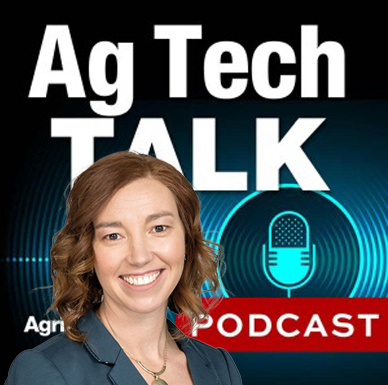
Maria McWhorter discusses the latest trends in agricultural technology adoption
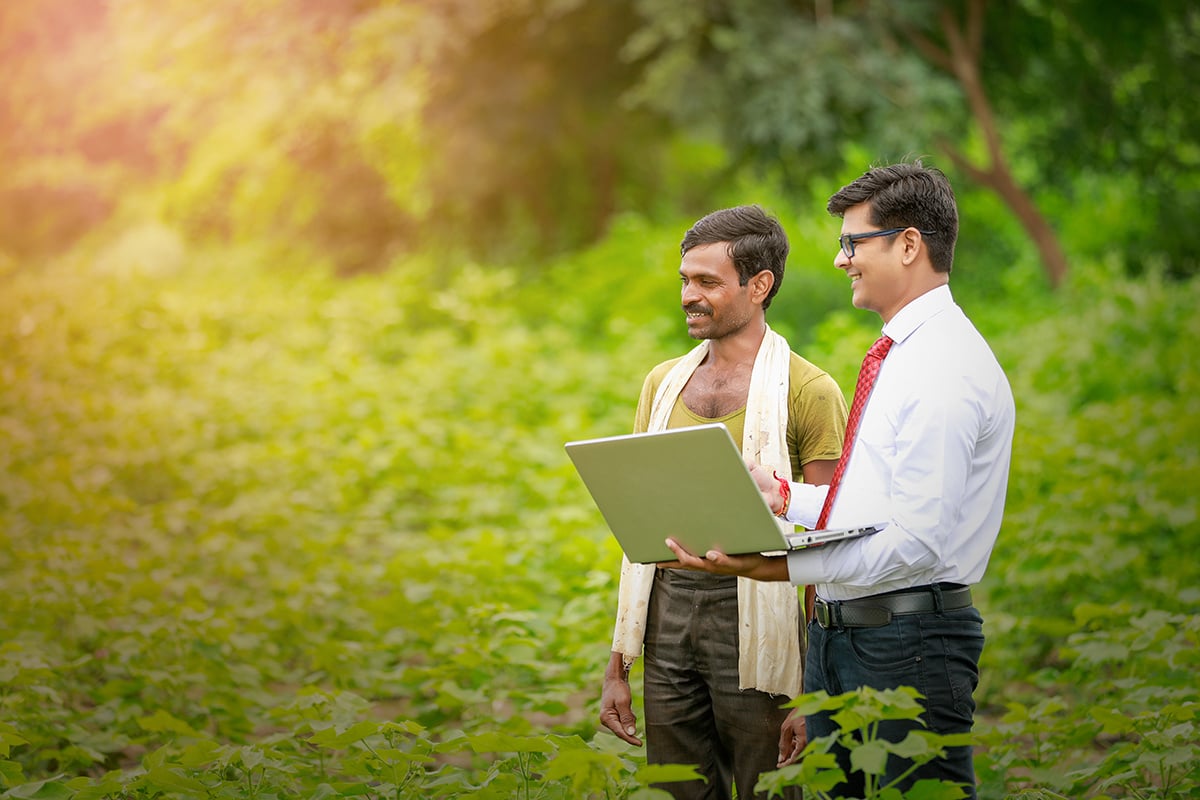
Fast Forward Five Years: Prospects for the Indian Crop Protection Market According to Market Research

Seeds of Opportunity: Ag Market Research Explains Global Growth
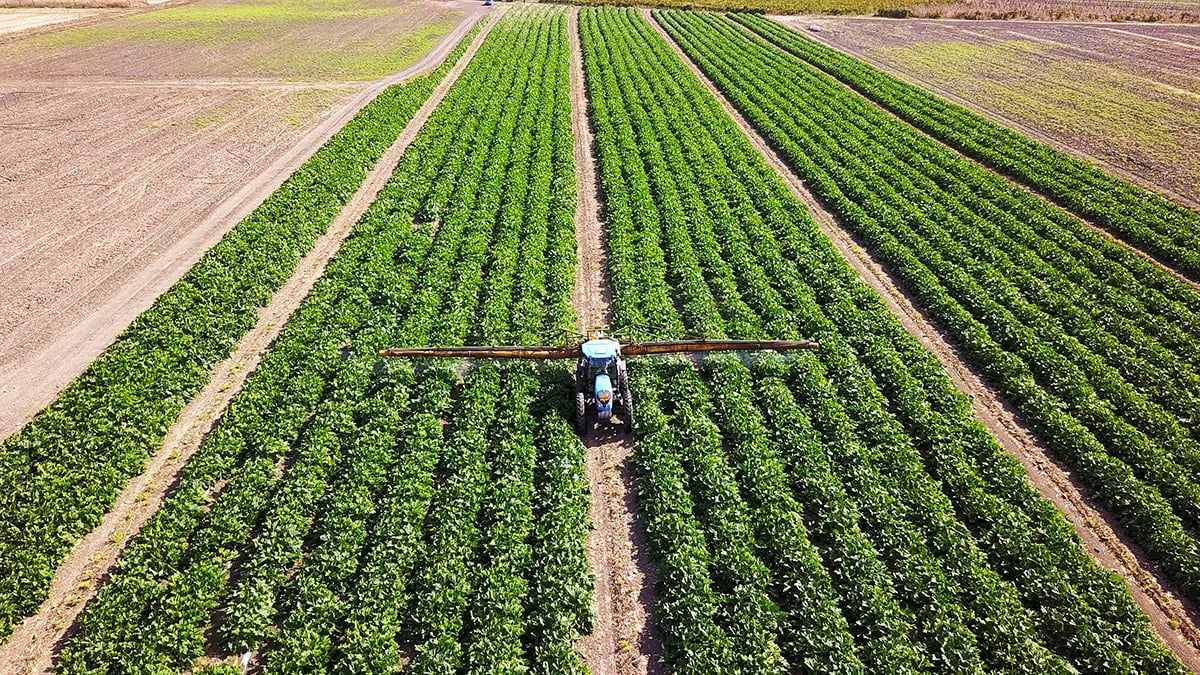
Leading the charge: Crop protection in Argentina, Mexico, Brazil

From Regulation to Innovation: How China’s Crop Protection Market is Evolving

Nomman Ahmed Discusses the Role of Predictive Technology in Advancing Crop Protection

A Decade of Biopesticides Data in France Shows Both Uptake and Opportunity

"Progressive farmer" the target audience your agribusiness brand knows nothing about
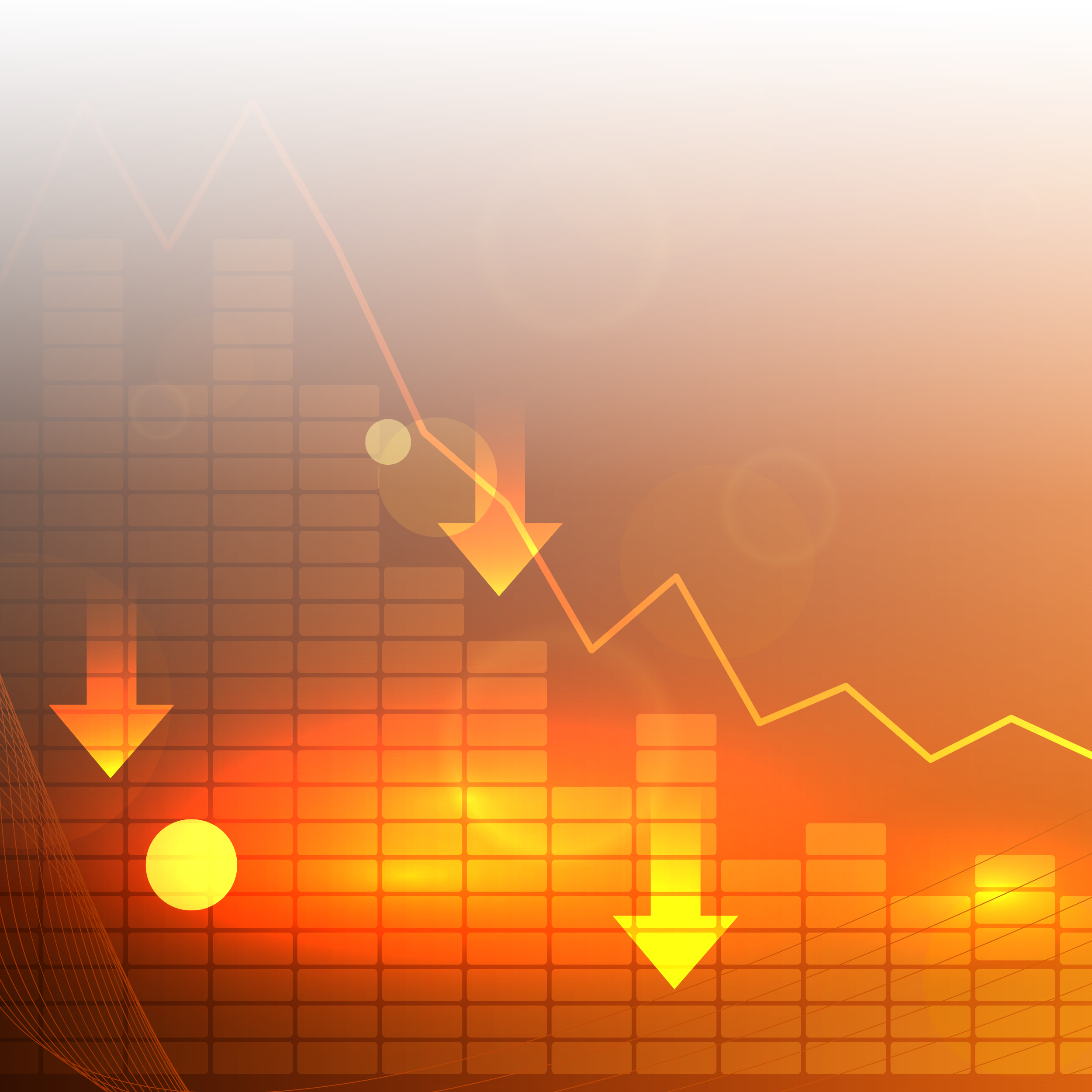
Predictive Intelligence caught the US glyphosate dip. What could it tell you next?
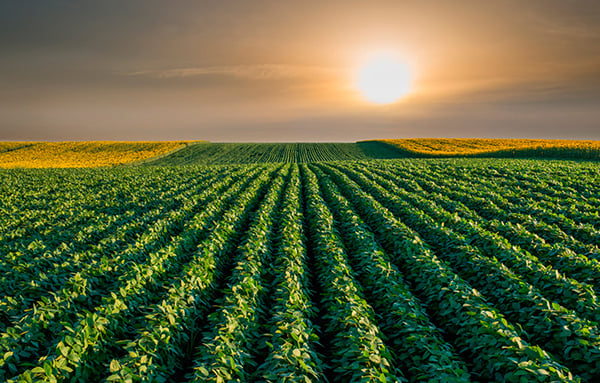
Soybean pesticide market grows 50% in Brazil to US$11.4 bn
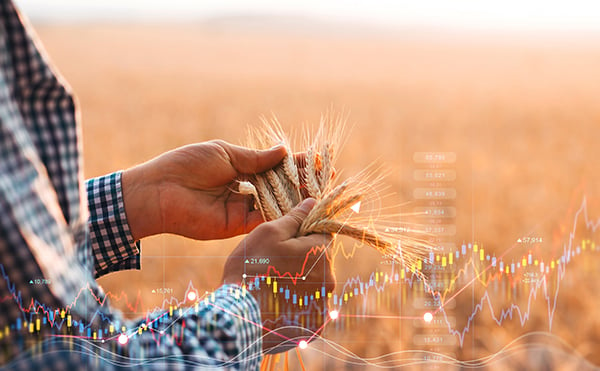
Feeding tomorrow: how foresight in data and analytics is changing the landscape of global agriculture
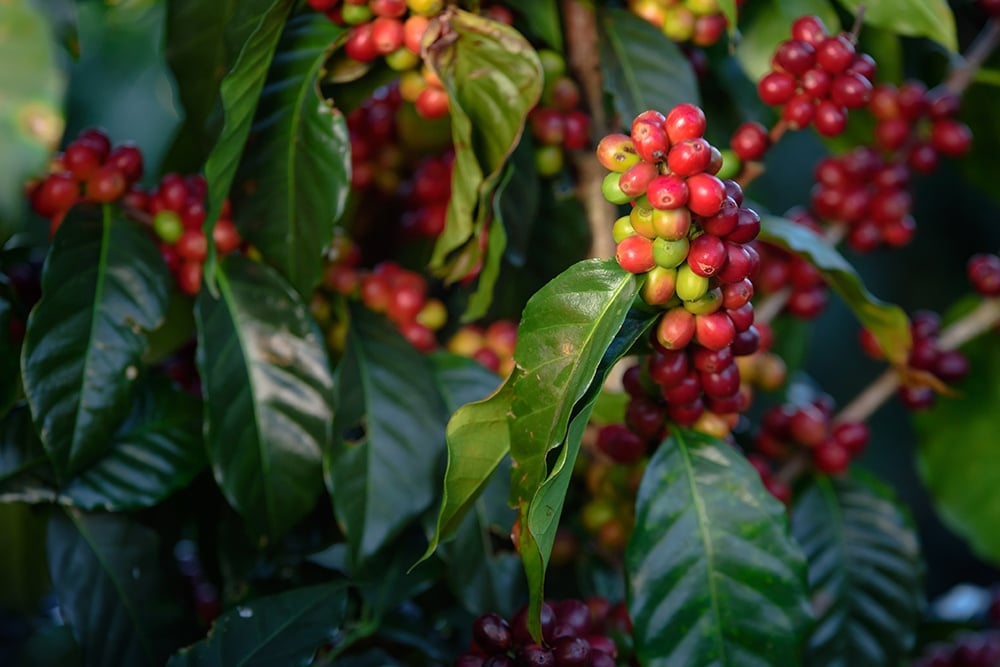
Brazilian coffee pesticide market up 17% in 2022-23
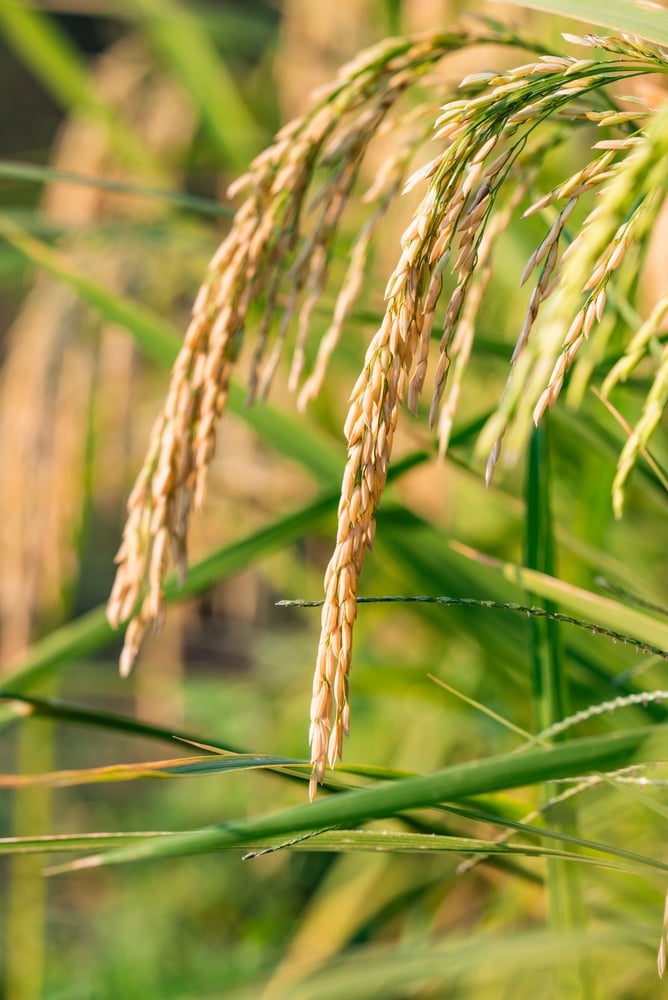
FarmTrak China 2022 rice survey highlights key trends over the last 12 years
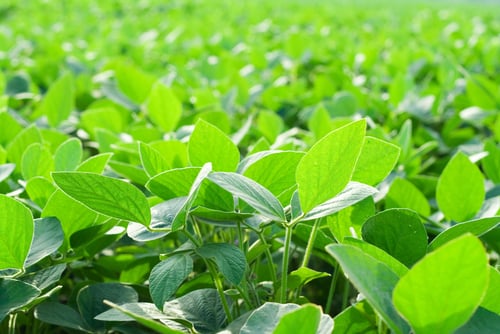
Significant growth recorded in Brazilian soybean nutrition market

Pandemic resilience identified among farmers
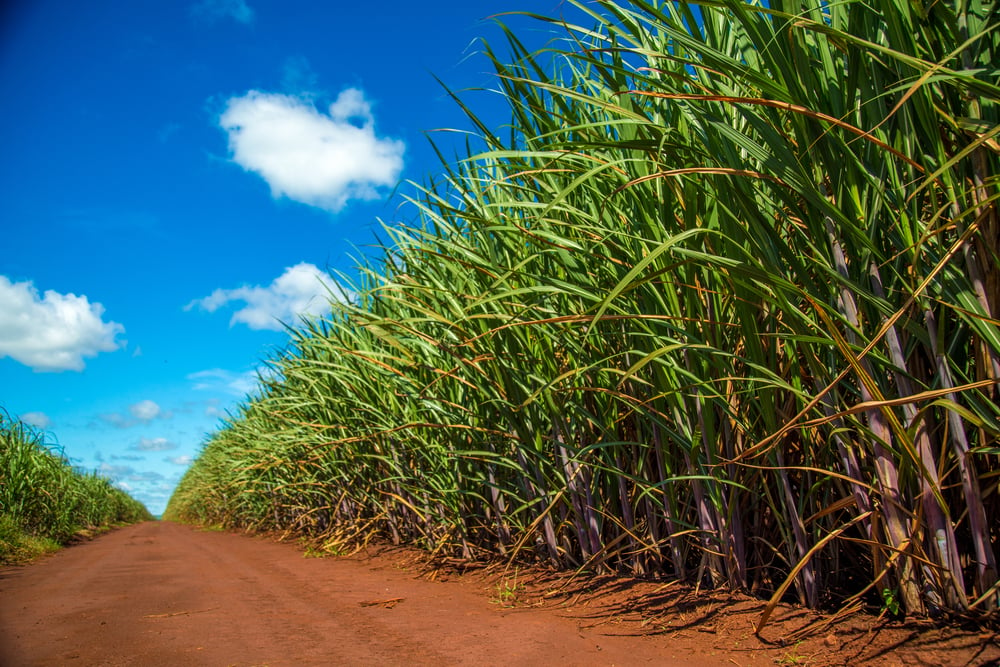
Brazil's sugarcane sector and the rising value of agrochemicals

Australian agricultural machinery sales boom
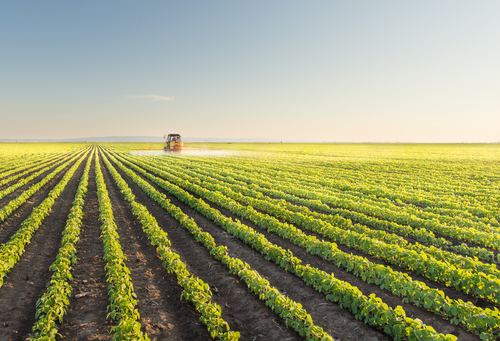
Tenfold growth in the Brazilian nematicides market over eight harvests
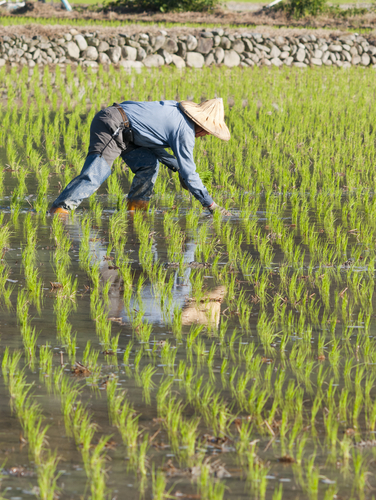
China’s crop protection market value on the rise
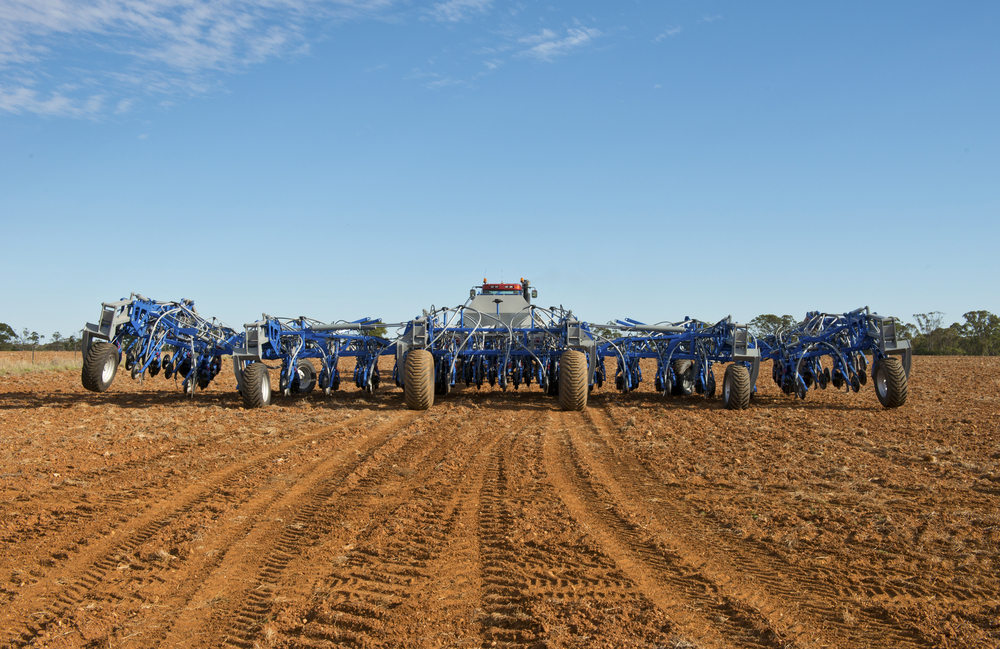
Impact of weather changes on crop decisions in the US and Canada
Case Studies
Impact and results


.jpg)
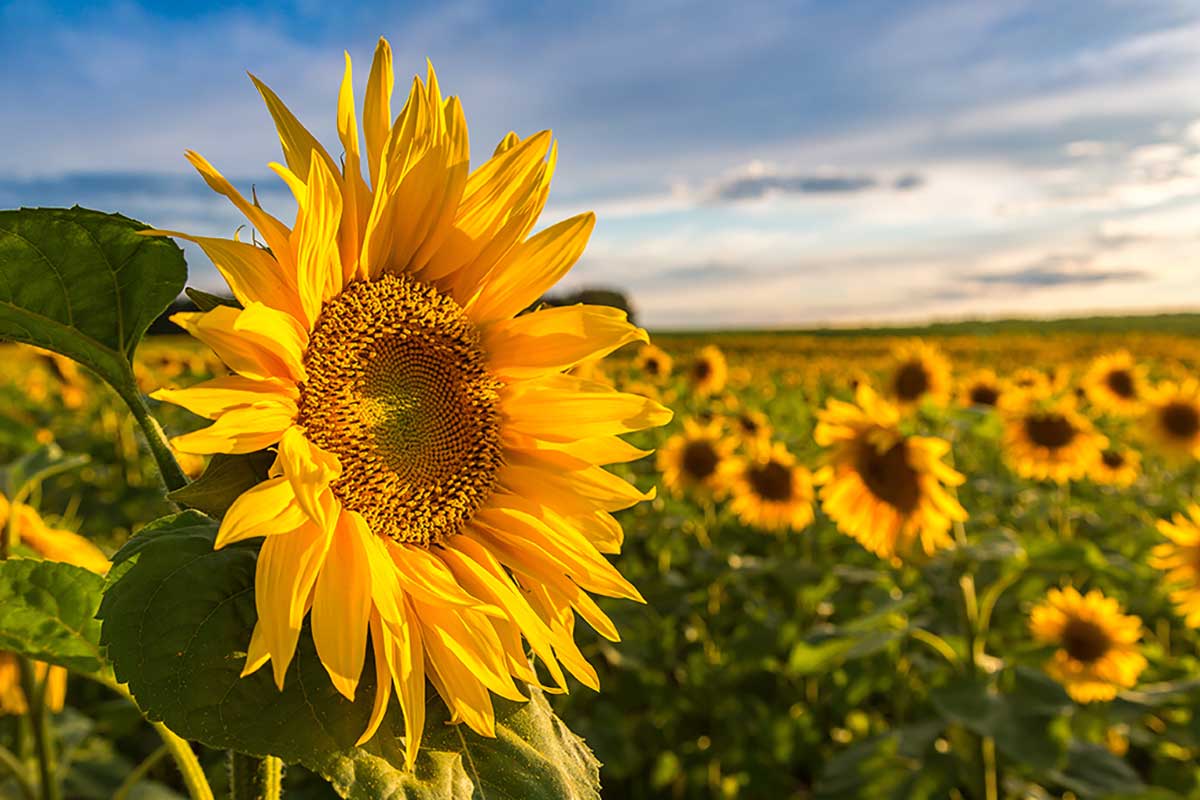
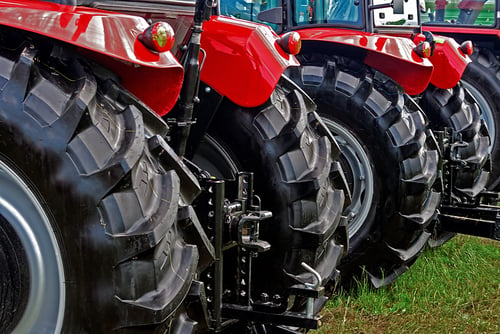
.jpg)
